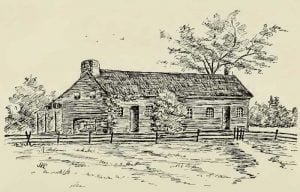History of Money Creek, Illinois
Although Money Creek Township was settled very early, before there had been any considerable settlement in what is now McLean County, and almost as soon as the advent of John Hendrix to Blooming Grove, no villages now dot its prairies or hover along its streams. There is not even a post office within the present limits of the township, and very little remains of Clarksville, the only place that has ever assumed the dignity of even a hamlet. Money Creek Township is located in the northern part of the county, being in the second tier from the north. It is … Read more

